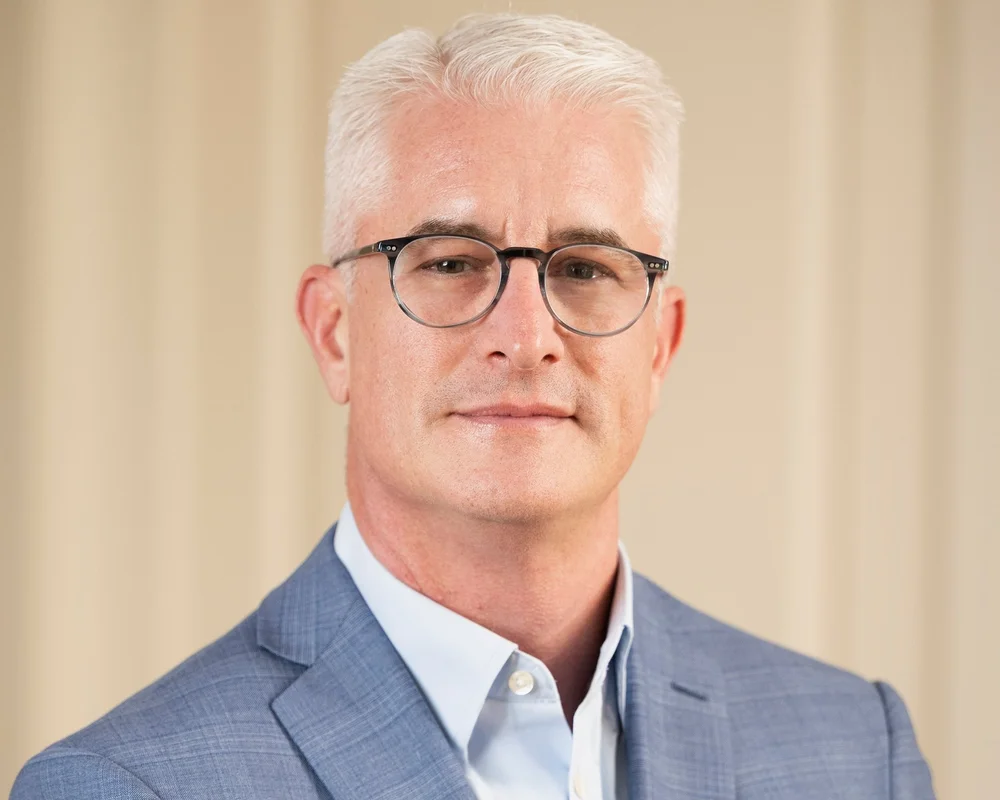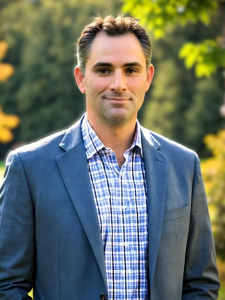This Industry Viewpoint was authored by Carrie David, Government Programs Director for FiberLight LLC
Last month, the United States passed a historic $1 trillion infrastructure bill that guarantees $65 billion in funding to improve broadband access for rural areas, low-income families and tribal communities. The passage of this bill generated a lot of excitement in the telecommunications industry and the media widely covered the news – comparing this funding to the New Deal that brought electricity to rural areas in the 1930s. But what makes this news so significant? Who does this funding truly benefit? And when can we expect to get more details about how this funding will be distributed? As someone with deep roots in rural America and who has worked in the public sector for my entire career, I am actively following the latest news regarding this funding and what it could mean for rural communities. Here is what we know so far.
First, some context
FCC data shows that currently only 44 percent of US residents have access to fiber networks, and this legislation aims to deliver this essential service to underserved populations.
I come from a small town, so I know firsthand the struggle for people in rural communities to evolve with technology. It costs a lot of money to build networks and develop the infrastructure needed to attract businesses, create jobs, and support education. Rural communities need to have access to the internet to help grow the local economy but they are often unable to get that critical access, and so they are effectively penalized.
Covid brought this disadvantage into sharp focus. During the pandemic, entire communities were cut off from going to school, working from home, or accessing critical services because they could not connect to reliable, high-speed internet. It really highlighted the need to support broadband for all to keep that wheel of opportunity moving. That is really what is driving support for this initiative. We need to bridge that gap.
This legislation will help to level the playing field quite a bit because now telecommunications companies and internet infrastructure providers can work with rural communities to access the funding they need to develop critical infrastructure and deliver broadband access.
Beyond Broadband: The Resources Gap
While the promise of billions of dollars in funding to bring broadband to rural communities is exciting, the resources needed to access that funding highlights another gap. According to a recent study by Pew, as many as 18 states have no centralized office to manage broadband projects. The majority of these states are in the midwest and southeast, and represent large rural regions with no business development team, no IT director, and not even a stoplight. These communities do not have the experience or a resource to assist them through the process of obtaining government funding. Until now, if they even know about municipal grants they have been competing for funding with larger metropolitan areas with economic development councils who know how to go after that money. Those larger entities have a squad of two or three grant writers on staff. There will definitely be a learning curve for these smaller towns.
As states begin to assemble broadband offices, we can share our expertise with community leaders and raise awareness among wireless carriers who service these areas. We know the ins and outs of feasibility studies, which are required for filing grant applications for funding. We can also help by providing FCC census block data, and use our data analytics to match with providers that can build out from neighboring communities to extend coverage.
Big announcements & big government: what’s next?
We all know that the government is notorious for making big announcements that get everybody excited, but then the communication that follows is vague and sometimes misleading. So, we are looking at the fundamental rules of how the $65 billion in broadband funding will actually be distributed.
Right now, the Department of Commerce, who is championing this effort for the FCC, has a 180 day period to define how that money will be allocated and we are tracking that to see what will be required in terms of eligibility and how to access the funding.
The good news for small municipalities is that the government appears to have learned some valuable lessons from COVID. This legislation prioritizes rural communities in terms of the distribution of money and resources. If a community meets the FCC requirements as being rural, that is the first step towards getting approved for funding. We do not expect this to be a simple process. It is complex.
Our current understanding is that $42 billion of the broadband funding will be directed to a new program called Broadband, Equity, Access, and Deployment (BEAD). This program will be managed by the National Telecommunications and Information Administration (NTIA), who will manage the distribution of funding to administrators in states (including the District of Columbia and Puerto Rico) and territories. Each state will receive a minimum of $100 million from the NTIA and each territory will receive a minimum of $20 million, plus additional funding based on the number of unserved locations.
Industry trade organizations such as The Fiber Broadband Association (FBA) and NTCA-The Rural Broadband Association are currently developing guidelines to assist state governments in accessing funding.
In the meantime, Public Sector teams will continue to work towards bridging the digital divide by connecting rural communities with the resources needed to access the funding required to build out dark fiber networks and deliver broadband access. We will continue to raise awareness, forge partnerships, and help our rural communities connect with next-generation technology.
 Carrie David is the Government Programs Director for FiberLight LLC, a fiber infrastructure provider with more than 20 years of experience building and operating mission-critical, high-bandwidth networks. With more than 23 years of experience working in the telecommunications industry, Carrie is dedicated to delivering broadband to rural communities.
Carrie David is the Government Programs Director for FiberLight LLC, a fiber infrastructure provider with more than 20 years of experience building and operating mission-critical, high-bandwidth networks. With more than 23 years of experience working in the telecommunications industry, Carrie is dedicated to delivering broadband to rural communities.
If you haven't already, please take our Reader Survey! Just 3 questions to help us better understand who is reading Telecom Ramblings so we can serve you better!
Categories: Fiber Networks · Government Regulations · Industry Viewpoint






If it does not result in “broadband for all” and is instead a typical pork barrel handout to favored companies who do the bidding of other authoritarian policies, can we get our money back?